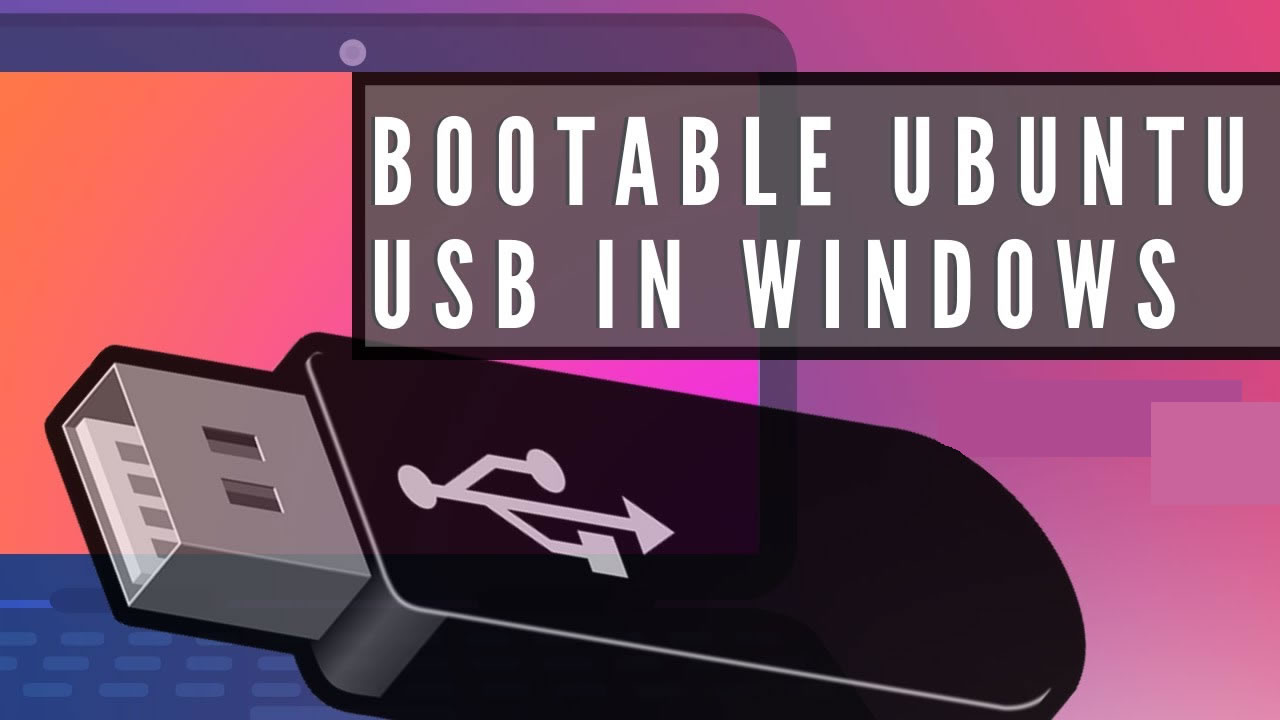Run VPN server on Windows laptop
How to run TurboLayer VPN server on a Windows laptop?
Setting up a personal VPN server can provide you with greater control over your privacy and security compared to third-party VPN providers. You can use it to secure your internet connection, access your home network remotely, or bypass geo-restrictions.
You need a server where your VPN will be hosted. It is typically connected to your home Wi-Fi router using the Ethernet cable. Here are two popular hardware options:
Raspberry Pi 4 or 5 as VPN server
- Pros: Handy credit card size form factor and it can handle a few simultaneous VPN connections comfortably
- Cons: Incremental hardware cost
Laptop as VPN server
- Pros: Rejuvenate an old laptop for new use and it can handle more concurrent users or heavier encryption protocols (like AES-256), making it better suited for households or small businesses with multiple users.
- Cons: Older hardware may become less reliable over time
Benefits of a Personal VPN:
Privacy: Your data is controlled by you, not third-party VPN providers.
Security: Encrypts your internet traffic, making it hard for hackers or ISPs to spy on you.
Remote Access: Access your home network securely (e.g. upload photos, file backup) from anywhere.
Unrestricted Access: Bypass geo-restrictions while traveling. e.g. Watch BBC news on iplayer as if you were in the UK.
With a bootable USB stick, you can:

turbotenna
- Plug it in any one of USB ports of a laptop, preferrably a USB3.0 port
- Simply setup to BOOT from the USB stick (e.g. device name usually called USB HDD: Generic MassStorageClass) typically by pressing F2 or F12 key during laptop power up
- That's it - nothing else needed to modify on the laptop
- Your laptop works as it was upon unplugging the USB stick
Tools required for preparing a bootable USB VPN server stick:
- A 16GB (or more) USB memory stick by you
- Download the bootable TurboLayer VPN Server ISO image for FREE
- Write the downloaded ISO image to USB memory stick using Win32DiskImager or Rufus
- Purchase the TurboLayer VPN server key activation key
- Boot it up using the USB stick on a laptop
Please register OR your account login to get the ISO image.
What else do you need?
- An Ethernet cable for connecting the laptop to your Wi-Fi router. Or, establish your laptop Wi-Fi connection without the cable
- Broadband Internet
- Setup the OpenVPN client on your phone, laptop, Android TV, TV box (e.g. KODI, LibreELEC)
- ON or OFF VPN anytime